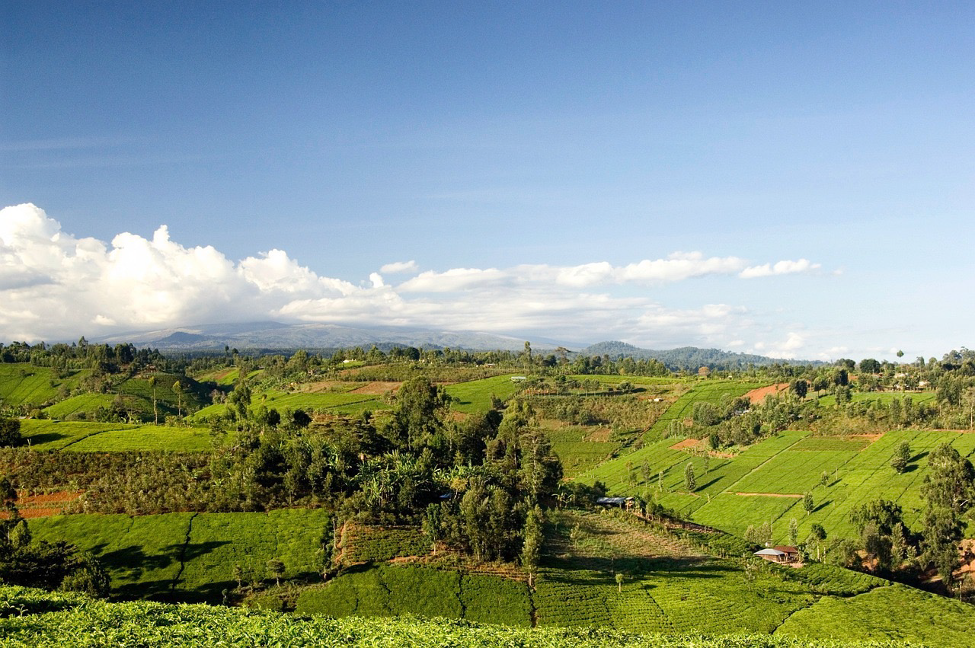
About
The Mau Forest Complex in Western Kenya covers an area of over 400,000 ha and is ecologically and economically critical for Kenya and parts of East Africa. 60,000 ha of South Western Mau is one of the 22 forest blocks of the Mau Forest Complex. 20,000 ha has been severely degraded due to human activities including overgrazing, logging and encroachment among others. Deliberate efforts are being made to restore and conserve the forest. IDH through the Initiative for Sustainable Landscape (ISLA) launched an ambitious campaign to rehabilitate and conserve the forest in 2018 and opted to adopt a community-based approach to see the campaign to fruition.
The significance of the Southwest Mau is paramount for the sustained viability of agriculture in the region. It plays a dual role, not only in climate regulation but also in providing essential biodiversity. Agricultural practices heavily rely on rainfed methods, with no irrigation in place. Hence, the forest is a crucial component, contributing significantly to the agricultural sector.
Governance Structure
Together with the relevant stakeholders a governance model is designed and set-up. The bodies of the governance structure consist of a Trust (to be registered), the Board, the Secretariat and three Technical Working Groups.
Trust
The Trust, to be established and registered as Charitable Trust in 2016, is made up of five (5) trustees. The Trust provides oversight on the functions of the board, raise and allocate funds and be legally accountable for the program. It is expected to last into long term, to ensure sustainability of the program, beyond the ISLA Program. The Trust will meet once or twice a year.
ISLA Board
The board, in consultation with the secretariat, defines the program strategy and action plan and oversees the implementation process. Members of the interim board include:
Government and government agencies
-
County governments of Kericho, Bomet and Nakuru;
-
National Government Institutions (KFS, WRA and KWTA);
Private sector
-
Private Sector companies including KTDA, Lipton Tea and Infusions, James Finlay Kenya/ Browns Plantations, KENGEN and the Timber Manufacturers Association;
Civil Society and Research Organizations
-
NGO/Civil Society (Rhino Ark)
-
Community groups (CFAs and WRUAs);
-
Knowledge partner (KEFRI, CIFOR).
The Dutch Embassy attends as an observer while the ISLA Kenya team plays the role of secretariat, and chairs the meetings. The board will meet on a quarterly basis (4 times a year).
Technical Working Groups
Three Technical Working Groups will be established based on the program building blocks i.e. forest conservation; improvement of water flow and access; sustainable energy; with alternative livelihoods as a cross cutting issue. Member organizations are presented at the management / expertise level. Technical working groups will meet to deliberate on technical and implementation issues. Activities include: further development of models and approaches for prototyping, sharing lessons learned to expand collective expertise, identify opportunities for improvement, expansion and up-scaling of activities. The Technical Working Groups will meet on a need-basis and report their findings and observations to the board. Initially the groups will be constituted as follows:
Proposed members of working groups:
Forest working group members: KFS, KWS, NTZDC, Rhino Ark, Finlays/Browns Plantations, Lipton Tea and Infusions, Counties and ISLA
Water Working Group: WRMA, WRUA, CIFOR, Kericho, Bomet and Nakuru Counties, Finlays KTDA, KENGEN and ISLA
Secretariat
The Secretariat, made up of the IDH team, will be responsible for the implementation of the ISLA Kenya action plan; contract management with consultants and implementing partners; gathering, collating and analysis of information required to support program development and monitoring & evaluation and; the administration and coordinating of the program activities and events.
-
Day-to-day management of the ISLA program
-
Facilitate the smooth functioning of the board and technical working groups
-
Represent ISLA to outside stakeholders
-
Provide co-funding for approved joint actions
- Field level monitoring
